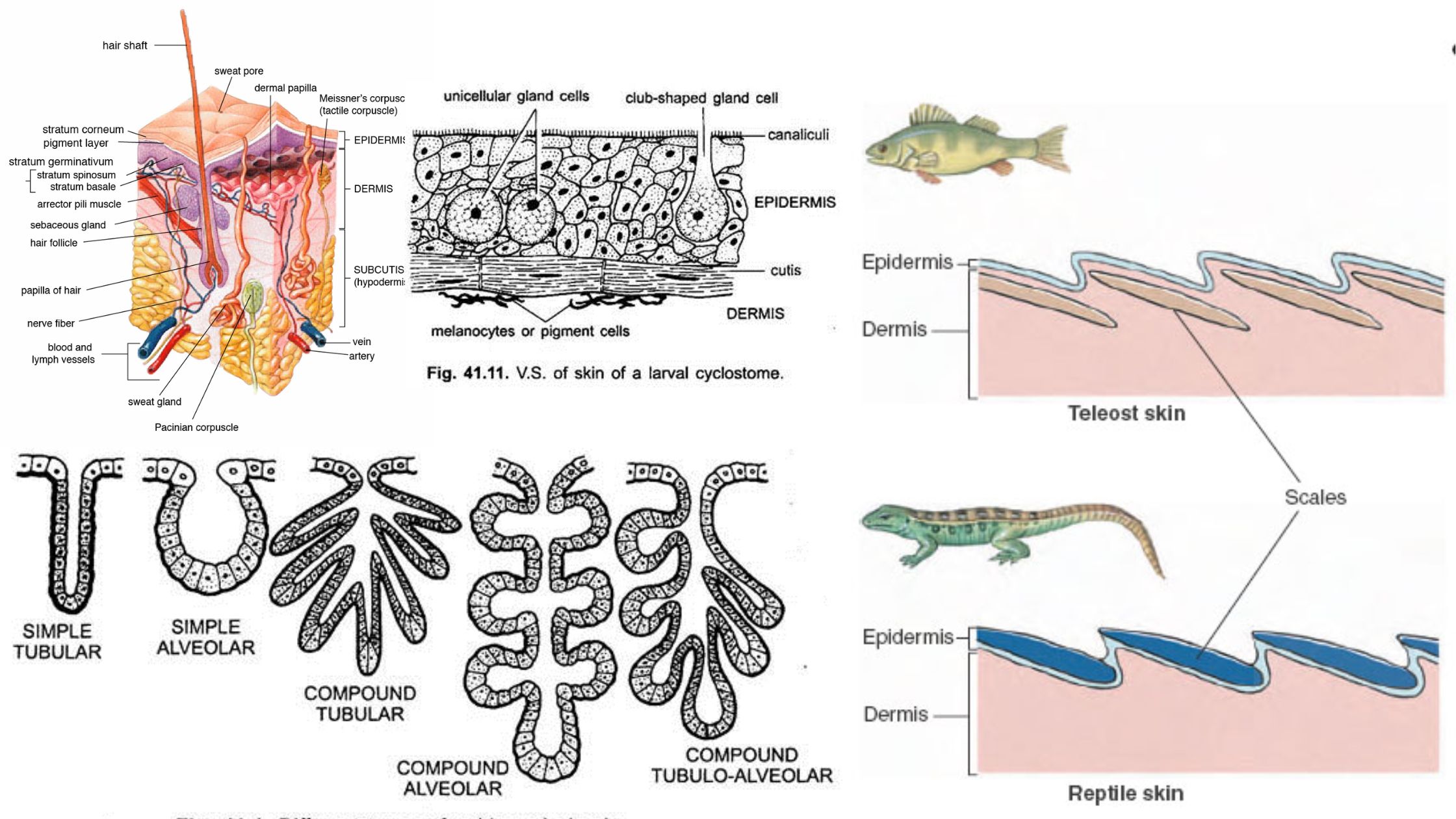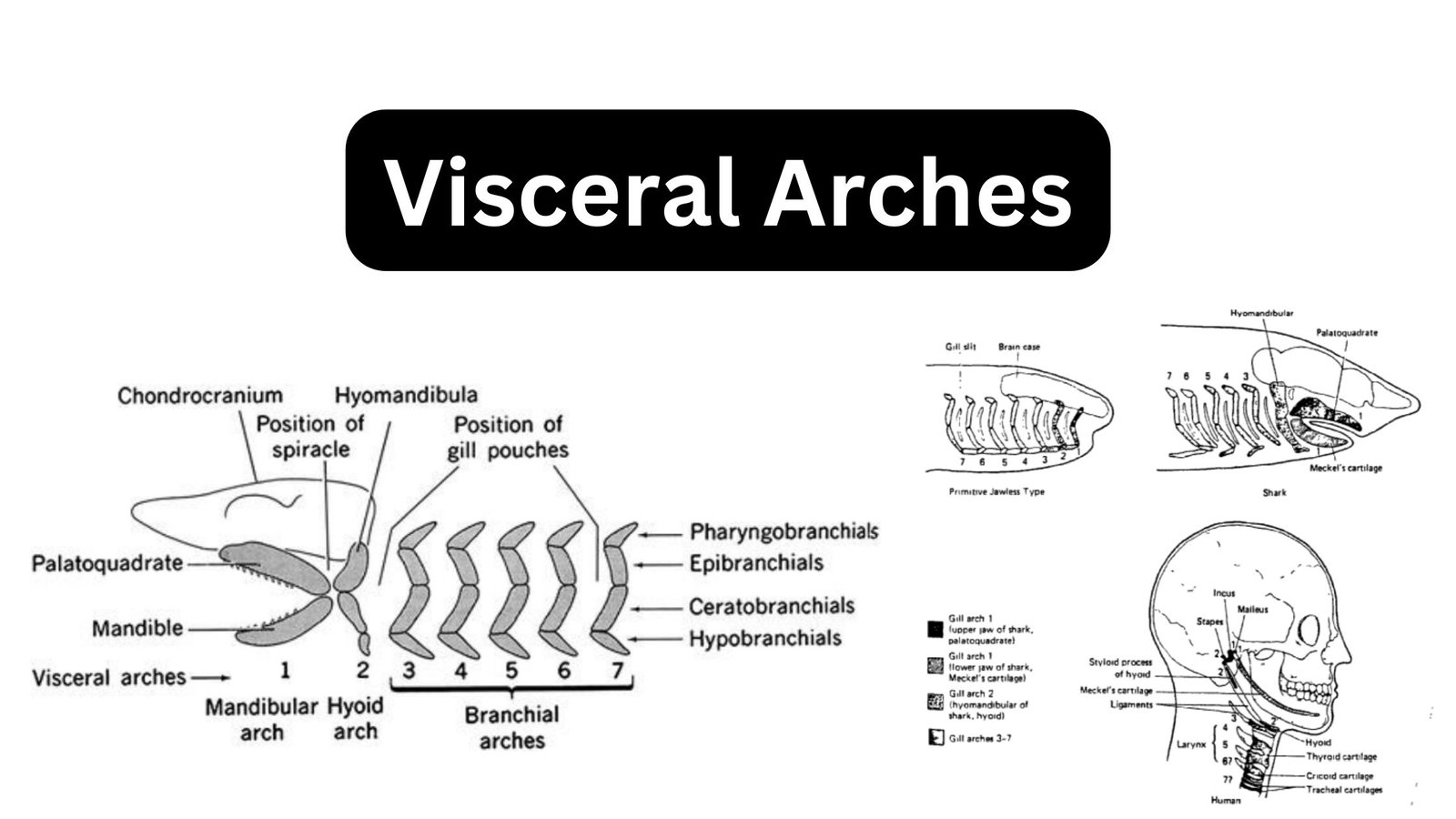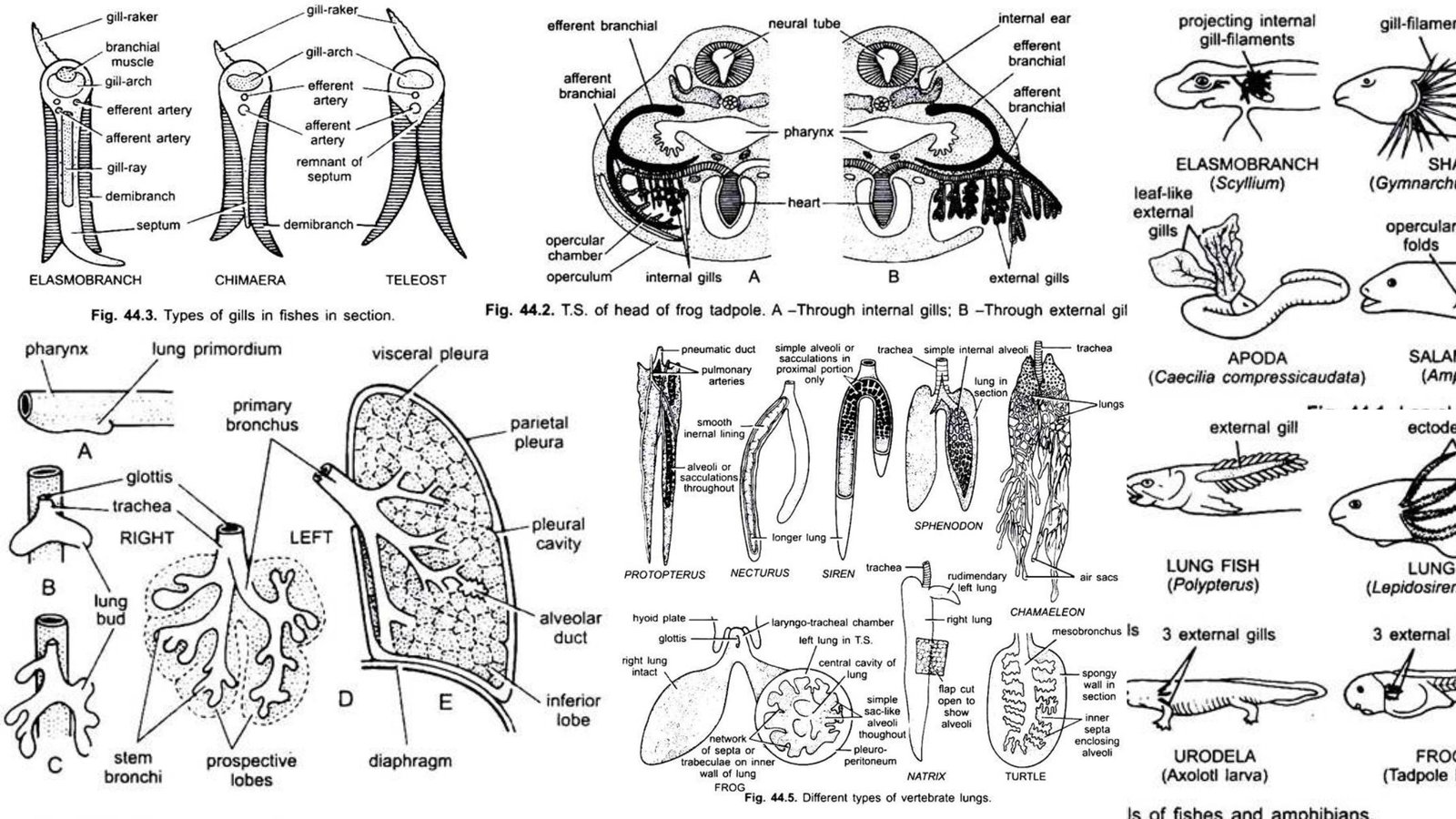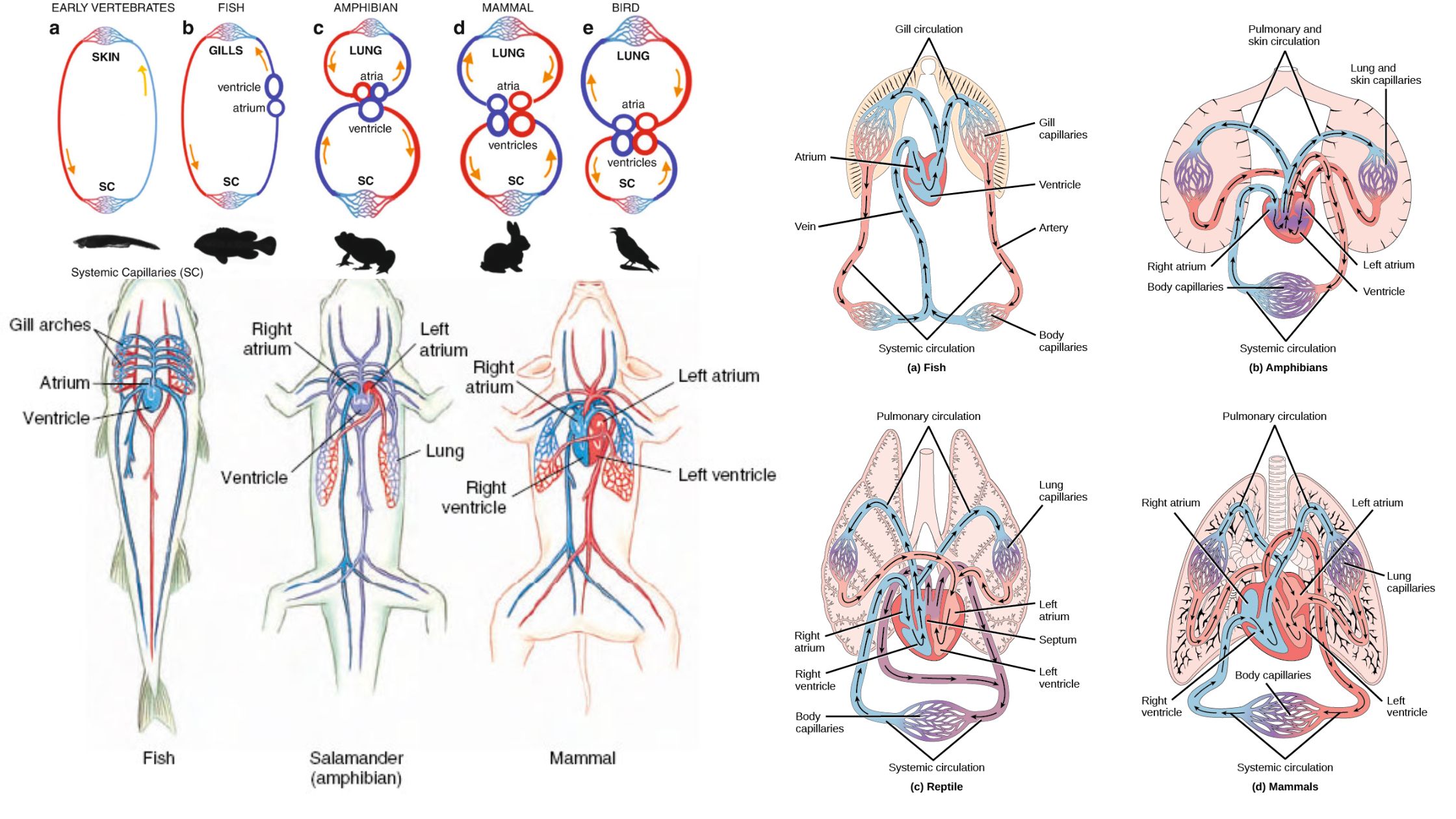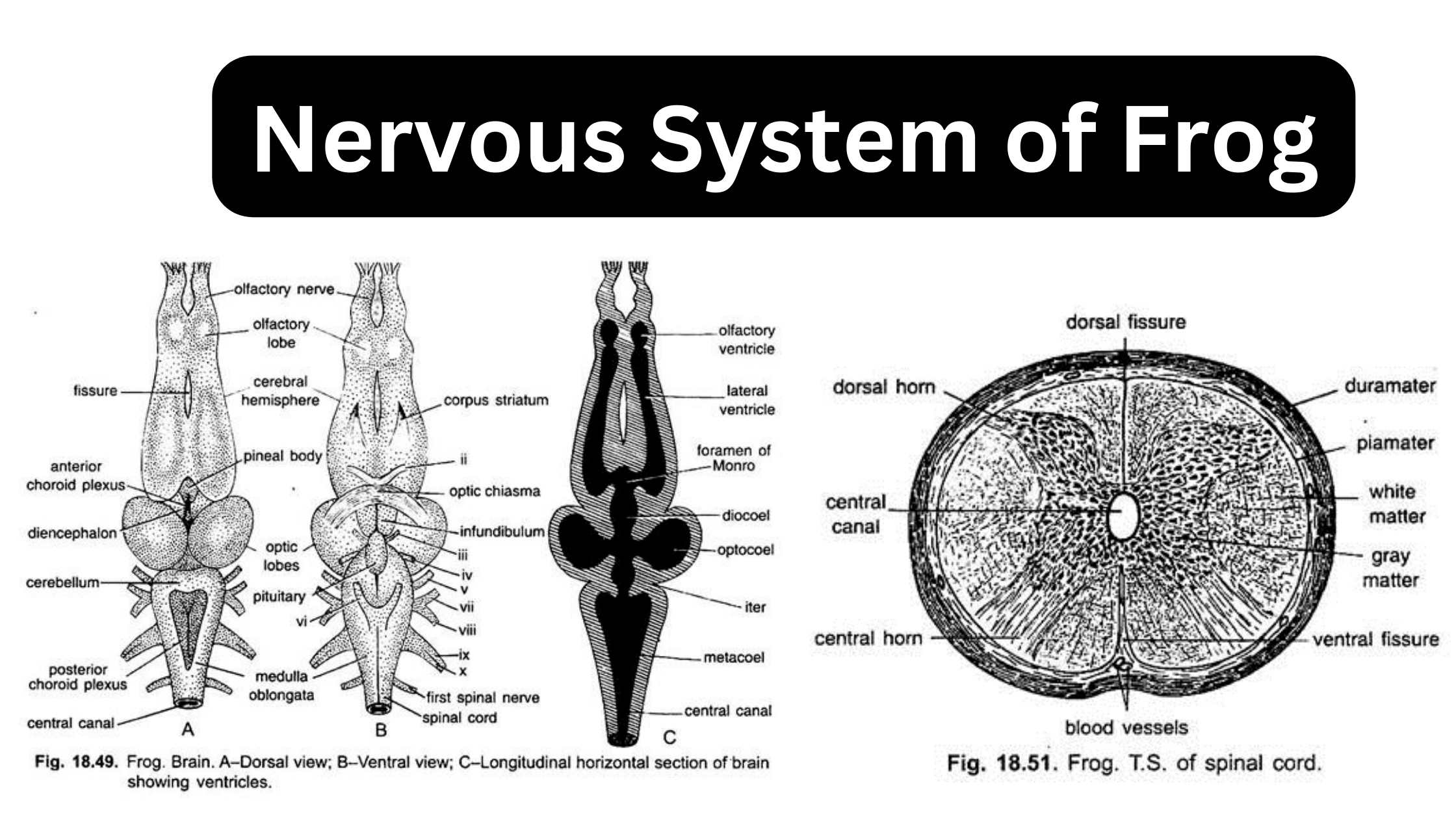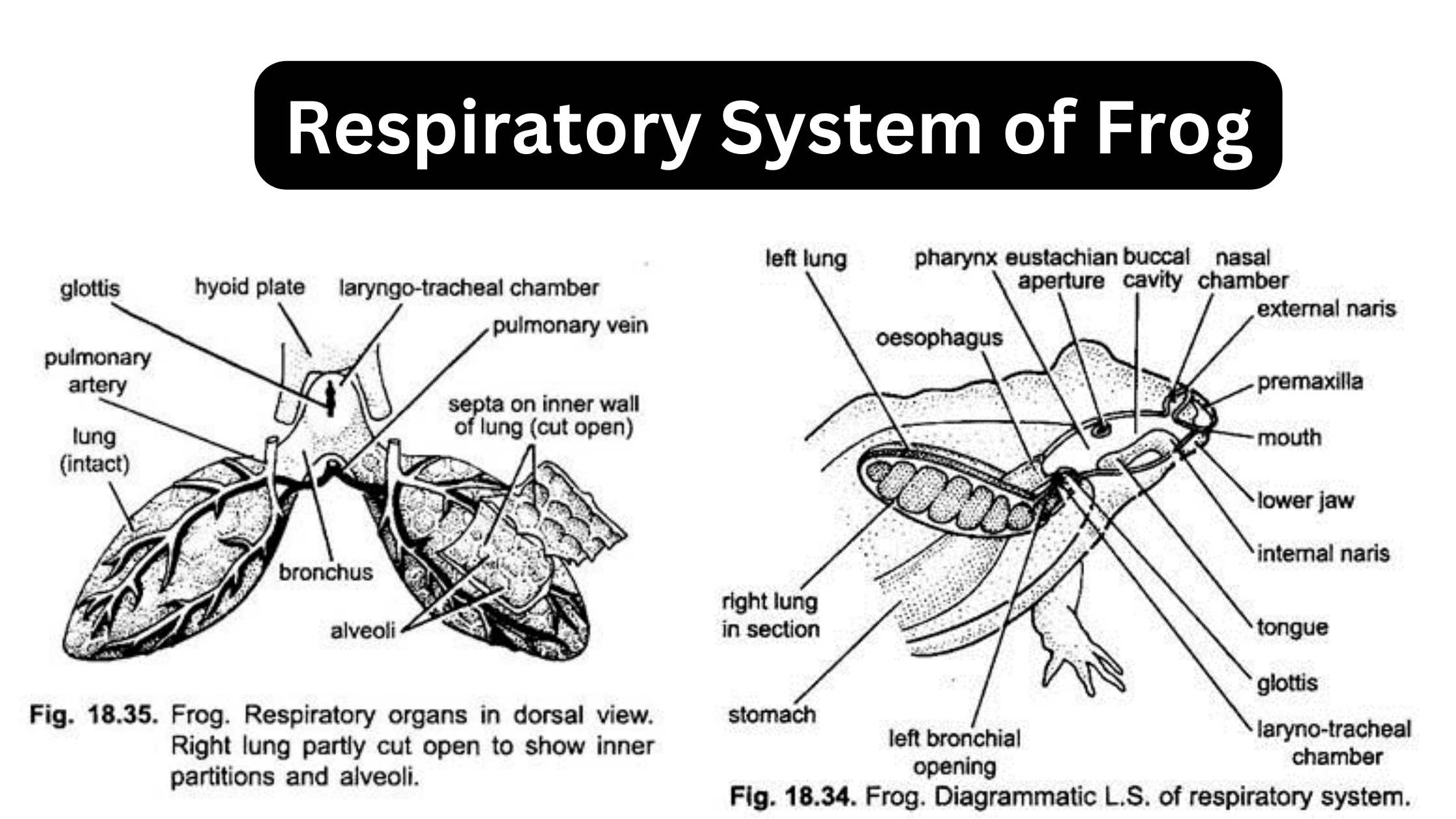Gonadal hormones – Secretion, Functions, Mechanism, Regulation
What is Gonad? Origin of Gonads Structure and Location of Gonads 1. Ovaries 2. Testes Gonadal hormones Female Gonad Hormones Female gonad hormones play a crucial role in the reproductive system and the development of female characteristics. The two major hormones produced by the ovaries are progesterone and estrogens. Overall, estrogens and progesterone are essential … Read more


